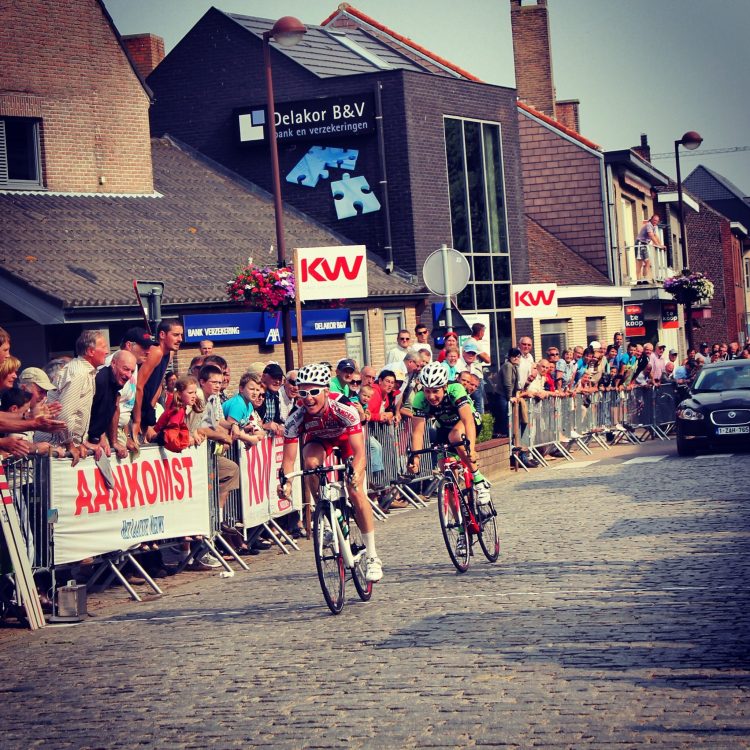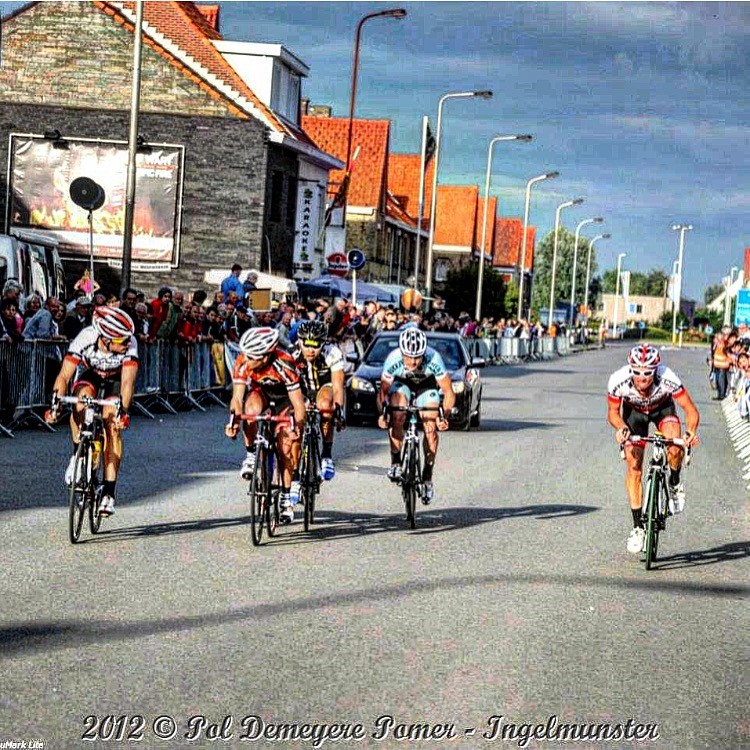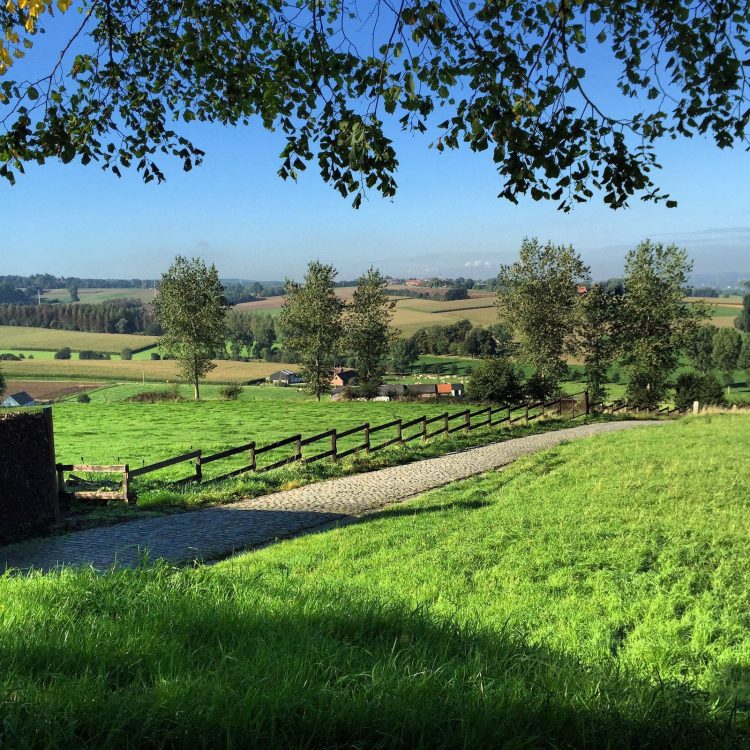As we come to the end of the British summer I am sure you won’t need reminding that one of the things we always have to factor into our cycling is the weather. Something that is out of our control but something that can quite clearly impact on our performance and overall enjoyment on the bike. Coming from the UK the focus on the weather is usually around the wet/cold conditions that we all have to deal with. However Viva Velo is a travel company and the direction of travel is usually towards the sun when the issue of heat can become an issue too. Though we do experience a certain number of days in the year at home when the heat becomes a factor, this is most likely to be a bigger factor when traveling to warmer climates. But, of course, along with the scenery and roads ridden, it is this warmer weather that is one of the biggest reasons for going elsewhere to ride.
Having competed all over the world in America, the Emirates, the Caribbean and Asia as well as Europe, I personally love the heat. From the heat and humidity of North Carolina to the dry desert heat of Abu Dhabi I can honestly say the hotter the better for me. Clearly the heat is not to everyone’s liking however, but there are ways to cope with it.
Planning is a big factor and being prepared in advance for the temperatures you’re going to experience is half the battle. Clothing choices will play a big role in ensuring you do not overheat. There is a wide range of kit out there these days that is lighter and more breathable for the warmer temperatures. Of course, unnecessary layers can be discarded when it comes to riding in the heat and when climbing, unzipping jerseys will allow more air flow and a cooling effect on the core body temperature so ensure you buy fully zipped jerseys not half or three quarter. Sunglasses are clearly an essential and vented lenses may be advisable to again allow greater air flow. Likewise when climbing removing glasses completely may be preferred to prevent overheating – or sweat dripping onto the lenses!
Usually the destinations we travel to for riding offer natural cooling aids. Whether this is along the coast or by the rivers, lakes and fresh waterfalls and pools found in the mountains. Taking a moment or two to cool the body off can help greatly and soaking clothing before setting off again can help extend the cooling effect. Of course, staying hydrated will play a big part on these hot days, before, during and after your ride. Stopping along the way to re-hydrate and fill bidons should be factored into a ride. Replenishing fluids and likewise electrolytes will ensure maximum performance and enjoyment in the sun. Likewise remember to use sun cream and, of course, if it’s a long day out don’t forget to reapply during the ride particularly to the back of the neck (unless you have long hair) and tops of your legs.
At the other end of the spectrum we have cold and/or wet weather and the obvious complications these have on our riding. Coming from the UK this weather is to be expected, especially during the winter months. But also don’t forget the weather can catch us out whenever and wherever we are. Once again clothing choices are critical here and once again there are a lot of choices. Layers will help and most importantly the right layers for the weather you are dealing with. If you have the luxury of a support vehicle – which on most point-point tours with Viva Velo is the case – on such days you will have the possibility to change into fresh clothes along the way. But this is not always the case so taking any extra items with you such as gloves, etc, will make a big difference when changing during the ride. Regardless of all of the above, simply knowing the weather you’re riding in and dressing appropriately will make a big difference from the start. Don’t forget that although the weather may be warm, consider where you’re riding that day. Mountains can sometimes catch us out, with the weather conditions being very different at the top compared to the bottom, or likewise between mountains. Also don’t forget that as hot as you may get climbing the mountain, it can certainly be the opposite on the way down so layering up with a gilet or jacket (or even just arm warmers) and any other items of clothing should certainly be planned for. A small space blanket which will easily fit in a jersey pocket can also be used to keep the cold wind out on long descents.
The body will use a lot of energy to try and stay warm in cold conditions so be sure to keep on top of energy levels. Hydration is again important and though sometimes in these conditions you may not feel like drinking, keeping on top of it is clearly important. Warm tea in a bidon is a good idea on those particular cold days to help cope with the temperatures and hopefully keep you drinking a little more. Finally, if the weather is so bad then once again don’t disregard the alternative of jumping on the home trainer and training inside, its something I make use of a lot. . . or maybe book a trip to warmer climes with Viva Velo for you early season riding! For 2018 they will be offering a Tenerife camp in late January and early February as well as their usual Mallorca camps in March and April. Prices and early bird discount offers will be announced soon – so watch this space.
Before that hopefully you’ll enjoy the last of the British summer! Until next time!
Dan













